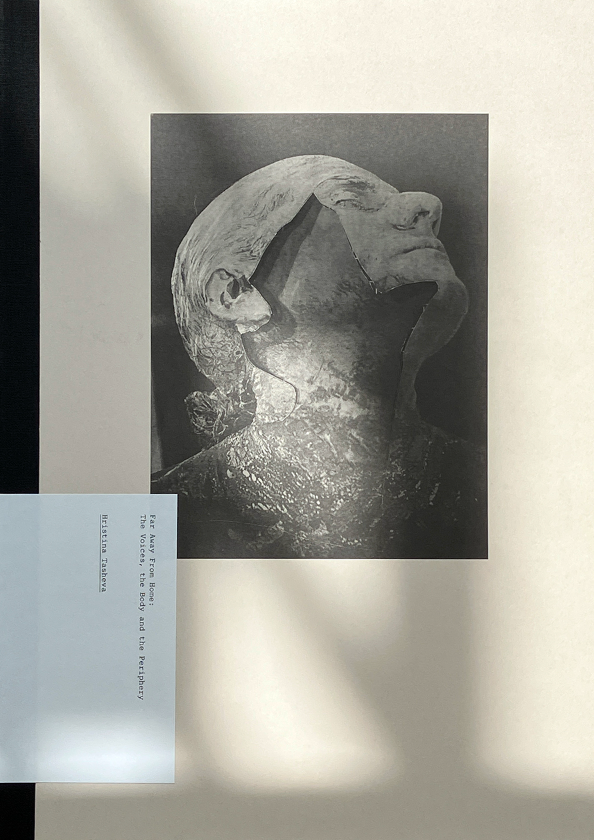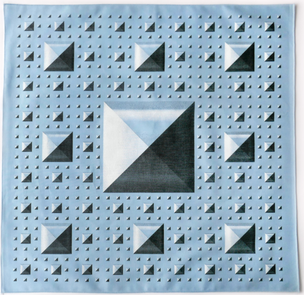Montaña Roja tells the story of the farmers living in the mountainous region of Guerrero, in southern Mexico; Rodríguez has been visiting the area for the past 15 years, and his book gathers together scenes from everyday life, documenting both the people and their cultural traditions. The complex backdrop to the symbolic poppy on the book’s cover is a tangled tale of politics, economics, geography, and agriculture, one that goes back decades. It includes a mix of Indigenous communities, communists, and guerrillas; the precipitous economic decline of traditional crops like corn and coffee; and the now constant power struggle between the army, the drug cartels, and various other insurgent forces, leading to a charged climate of illicit agriculture, violence, and poverty. The resulting choices for the local farmers are supremely difficult – grow the illegal crop to have enough money to survive, fight the law enforcement attempts to eradicate the very crop they are relying on, live with the near constant state of conflict and violence inflicted by the drug traffickers (who essentially govern the region), or give up and go North.
As grim as the situation sounds, Rodríguez’ black-and-white photographs try to dig into these abstract forces, by rooting themselves deeply in the lives of the people and the cycles and rituals of their days. And while there are resonant images of poppies growing, workers in the fields, and crops drying in the sun included in the book, Rodríguez largely turns his camera away from these activities and directs our attention to what’s happening offstage from the central contradiction of growing this particular crop. What he shows us instead is a community struggling to keep ahold of itself, where determination and perseverance take on subtle guises and compassion and hope search for ways to express themselves.




















































![Protect Me From What I Want Wooden Postcard [Gold Text]](https://d23eqwv5slm408.cloudfront.net/api/file/1rE09CiPQpGMa3jDySHP/convert?fit=max&h=480&w=304&compress=true&fit=max)
![Words Tend To Be Inadequate Wooden Postcard [Gold Text]](https://d23eqwv5slm408.cloudfront.net/api/file/HhtS8vASTpWSUA41En0s/convert?fit=max&h=480&w=304&compress=true&fit=max)


![All Things are Delicately Interconnected Wooden Postcard [Gold Text]](https://d23eqwv5slm408.cloudfront.net/api/file/muHR6MdRL6EgJe6ATC1m/convert?fit=max&h=480&w=304&compress=true&fit=max)



![Protect Me From What I Want Wooden Postcard [Red Text]](https://d23eqwv5slm408.cloudfront.net/api/file/xKZZfpWNQRChHZkrFntw/convert?fit=max&h=480&w=304&compress=true&fit=max)
![All Things are Delicately Interconnected Wooden Postcard [Silver Text]](https://d23eqwv5slm408.cloudfront.net/api/file/Omkx9rurTfKoRgqObG5L/convert?fit=max&h=480&w=304&compress=true&fit=max)

![All Things Are Delicately Interconnected Wooden Postcard [Red Text]](https://d23eqwv5slm408.cloudfront.net/api/file/C6N6ppL6SnKYeXJuCtbd/convert?fit=max&h=480&w=304&compress=true&fit=max)









![In a Dream You Saw a Way to Survive and You Were Full of Joy Wooden Postcard [Black Text]](https://d23eqwv5slm408.cloudfront.net/api/file/WEd4Y05lROcLsySIoRfJ/convert?fit=max&h=480&w=304&compress=true&fit=max)
![Lack of Charisma Can Be Fatal Wooden Postcard [Red Text]](https://d23eqwv5slm408.cloudfront.net/api/file/KMt0MXg2QV6BBtFafHlT/convert?fit=max&h=480&w=304&compress=true&fit=max)
![Thee Almighty & Insane: Chicago Gang Business Cards from the 1970s & 1980s [Third Edition]](https://d23eqwv5slm408.cloudfront.net/api/file/LkZ8Y1wnSQNAHOeIsZ2Q/convert?fit=max&h=480&w=304&compress=true&fit=max)
![The Breakdown Comes When You Stop Controlling Yourself and Want the Release of a Bloodbath Wooden Postcard [Black Text]](https://d23eqwv5slm408.cloudfront.net/api/file/Yq72qCUcTzenjZPmDHHH/convert?fit=max&h=480&w=304&compress=true&fit=max)
![Raise Boys and Girls the Same Way Wooden Postcard [Red Text]](https://d23eqwv5slm408.cloudfront.net/api/file/uV8m1BsaQ6OCflSE578g/convert?fit=max&h=480&w=304&compress=true&fit=max)
![Money Creates Taste Wooden Postcard [Black Text]](https://d23eqwv5slm408.cloudfront.net/api/file/FDyWtNrERsKaawMR4dY8/convert?fit=max&h=480&w=304&compress=true&fit=max)